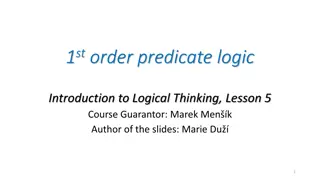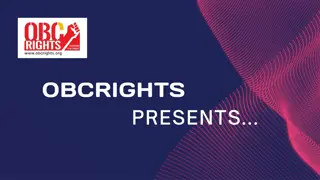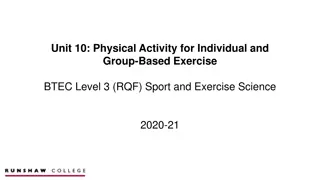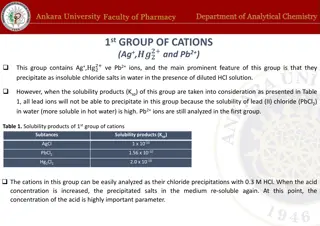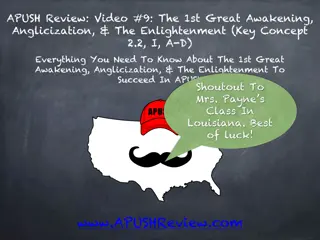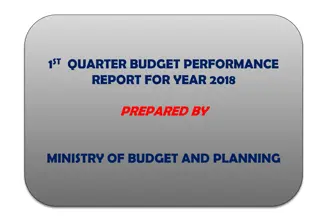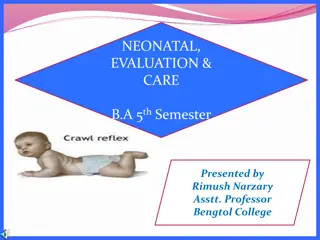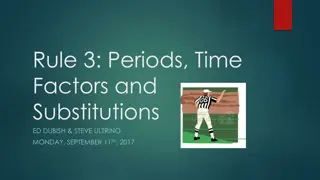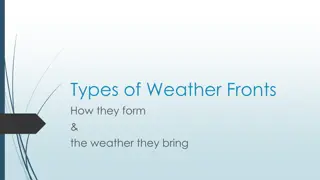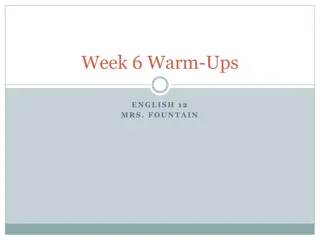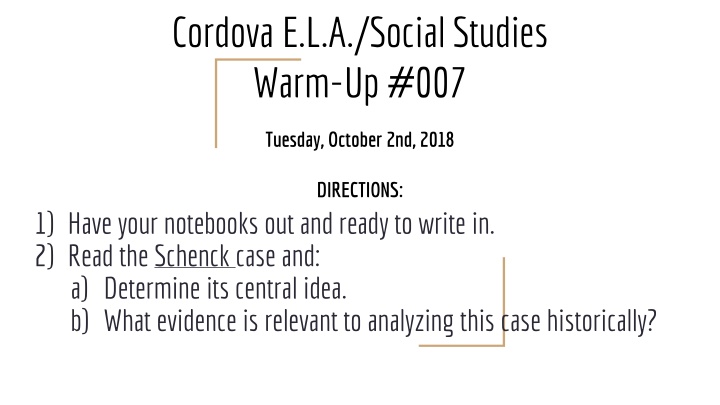
Schenck Case: Freedom of Speech vs. Espionage Act
Explore the historical context and central idea of the Schenck v. United States case, where the conflict between freedom of speech and the Espionage Act during World War I led to a landmark Supreme Court decision restricting speech that posed a "clear and present danger." Dive into the case details and implications for constitutional rights.
Download Presentation

Please find below an Image/Link to download the presentation.
The content on the website is provided AS IS for your information and personal use only. It may not be sold, licensed, or shared on other websites without obtaining consent from the author. If you encounter any issues during the download, it is possible that the publisher has removed the file from their server.
You are allowed to download the files provided on this website for personal or commercial use, subject to the condition that they are used lawfully. All files are the property of their respective owners.
The content on the website is provided AS IS for your information and personal use only. It may not be sold, licensed, or shared on other websites without obtaining consent from the author.
E N D
Presentation Transcript
Cordova E.L.A./Social Studies Warm-Up #007 Tuesday, October 2nd, 2018 DIRECTIONS: 1) Have your notebooks out and ready to write in. 2) Read the Schenck case and: a) Determine its central idea. b) What evidence is relevant to analyzing this case historically?
Schenck v. United States In June 1917, shortly after U.S. entry into World War I, Congress passed the Espionage Act, which made it illegal during wartime to willfully make or convey false reports or false statements with intent to interfere with the operation or success of the military or naval forces of the United States or to promote the success of its enemies [or] willfully cause or attempt to cause insubordination, disloyalty, mutiny, or refusal of duty, in the military or naval forces of the United States, or shall willfully obstruct the recruiting or enlistment service of the United States, to the injury of the service or of the United States.
Schenck v. United States Charles T. Schenck was general secretary of the U.S. Socialist Party, which opposed the implementation of a military draft in the country. The party printed and distributed some 15,000 leaflets that called for men who were drafted to resist military service. Schenck was subsequently arrested for having violated the Espionage Act; he was convicted on three counts and sentenced to 10 years in prison for each count.
Schenck v. United States Oral arguments at the Supreme Court were heard on Jan. 9, 1919, with Schenck s counsel arguing that the Espionage Act was unconstitutional and that his client was simply exercising his freedom of speech guaranteed by the First Amendment. On March 3 the court issued a unanimous ruling upholding the Espionage Act and Schenck s conviction. Writing for the court, Oliver Wendell Holmes, Jr., argued: Words which, ordinarily and in many places, would be within the freedom of speech protected by the First Amendment may become subject to prohibition when of such a nature and used in such circumstances as to create a clear and present danger that they will bring about the substantive evils which Congress has a right to prevent. Throughout the 1920s, however, the court abandoned the clear and present danger rule and instead utilized an earlier-devised bad [or dangerous] tendency doctrine, which enabled speech to be limited even more broadly (as seen in, for example, Gitlow v. New York [1925]).
Central Idea of the Schenck case The freedom of speech protection afforded in the U.S. Constitution s First Amendment could be restricted if the words spoken or printed represented to society a clear and present danger.
Warm-Up #007 Directions/Questions: 1. Read the scenario below and answer the questions that follow: A young African-American student named Thomas Wilson, age 16, had been reading about the deplorable conditions of apartheid in South Africa. He was appalled by the many deaths of young Africans who sacrificed their lives for freedom. He wished there was something he could do. In order to call attention to the atrocities of apartheid and needless deaths of people in South Africa, he decided to wear a black armband to school to symbolize his anguish until apartheid ended. On the first day of wearing the armband, the school's principal stopped him and told him to remove it. Thomas refused, stating he had caused no trouble. The principal told him to go to his locker immediately and get his coat because he was suspended until further notice.
Warm-Up #007 Directions/Questions: Read the scenario below and answer the questions that follow: 1. Was Thomas Wilson s suspension legal?
Plot Historical Thinking 1. Who is telling the story? 2. Is this a primary or secondary source? 3. Is the source reliable? 4. What is the setting? 5. Make an argument or statement about the story and then find evidence to support it.
Regular Schedule A period 7:25 to 8:07 1st period 8:11 to 9:37 2B elective 9:41 to 10:24 2C elective 10:27 to 11:09 3rd period 11:13 to 12:58 Lunch 12:10 to 12:35 (ELA/Soc) 12:20 to 12:45 (SC) 12:30 to 12:55 (Math) 4th period 1:00 - 2:20



